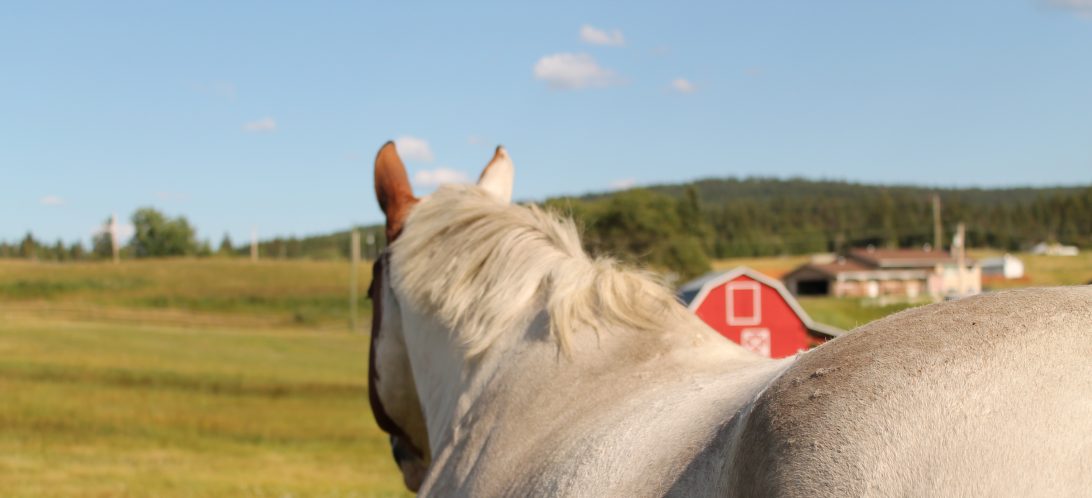From the two readings in question ( Foucault gives me a headache trying to decipher what he means, I wrote a paper on Foucault’s “What is an Author” and it was torturous ), Rubin and Rich’s main themes are the politics of sexuality. As Rubin writes, there are the people in power and the people below and in this instance, heterosexual culture and the oppressed. Whether these oppressed people are people of colour, women, LGBTQ+ or any combination of the above. The focus is on sexuality however and Rubin writes that in the 1950’s gay rights organizations formed where there weren’t any before but there were major repressive movements as a whole during this period. Rubin’s writes of the 1950’s fear of the ‘homosexual menace.’ I feel like this is fear is still prevalent today. Homophobic persons – usually in the form of masculine males- show fear towards the ‘homosexual menace’ or gay men because they are put in the ‘feminine’ position of the scenario.
Think of a scene at a nightclub or bar. Masculine heterosexual men do not like to be emasculated, and the fear of being targeted by a gay man, whether that man is aggressive or non-aggressive in his approach to flirting would send the homophobic, hypermasculine man into a tizzy. The hetero man would not be in control and instead placed in the stereotypical position of a woman in this situation. The very thing that the hetero man would do to women, flirt and control.
Rich writes about the women’s plight of compulsive heterosexuality. Lesbian-existence theory is the idea that women are there to support women in an emotional and physical way, whether sexual love or characterized by platonic love. What resonated in me is that the overarching forces of the world would try to condemn or refuse this natural and organic existence. It’s absolutely horrifying to read about female genital mutilation, to stop the women or girls from forming, ” sexual
relationships with each other; that-from a male, genital-fetishist perspective female erotic connections, even in a sex-segregated situation, will be literally excised.” ( Originally from Barry, sourced from Rich )
I remember as a kid around 11-12, I was chatting to my mom about my female friends and how much fun we had after a party or sleepover and a family friend, who was an adult male asked me if I was a lesbian. I remember being confused; I was unsure on how or why the question came about and instantly thought that there was something wrong with me ( severe anxiety works wonders on a young age!). My mother shooed the question away, but I couldn’t help but say, ” I’m not a lesbian, why would you say that?” and the man said because I slept in the same bed as my friends and I didn’t have a boyfriend. Needless to say, my mother stopped talking to such a man but these sort of things resonate within people for a long time. There’s a definite issue that stems from the heterosexual side that needs to be addressed but it is a slippery slope on where and how to go about it. As a heterosexual female, I am to support my female friends ( and male friends ) no matter their sexuality and to support them no matter the cause.
